
All Saints' Church, Nottingham, is an Anglican church in Nottingham, England.

St Martin in the Bull Ring is a Church of England parish church in the city of Birmingham, West Midlands, England. It is the original parish church of Birmingham and stands between the Bull Ring Shopping Centre and the markets.
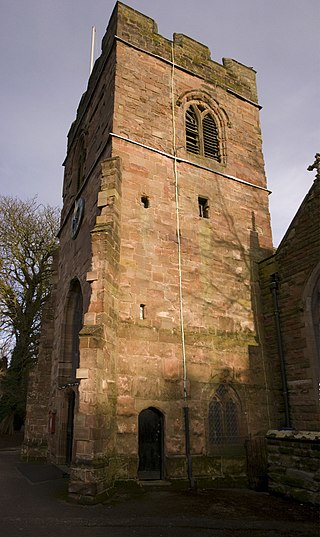
Saint Peter's is the ancient parish church of Harborne, Birmingham, England.

Church of the Holy Cross, Crediton, formally the Collegiate Church of the Holy Cross and the Mother of Him Who Hung Thereon, is the parish church of the town of Crediton in Devon, England. The church is built on the site of what was the cathedral of the Bishop of Crediton in the former diocese until 1050 when the see was transferred to Exeter. A college of canons remained at Crediton, administering the buildings and life of the "collegiate" church.
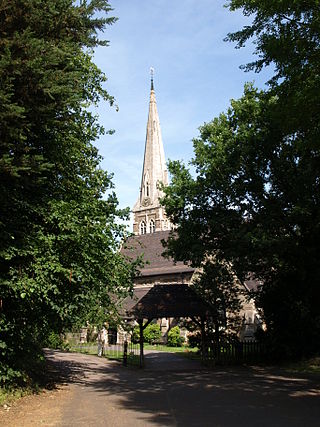
St. Mary's Church, Selly Oak is a Church of England parish church in Selly Oak, Birmingham, England.

St George's Church, Edgbaston, is a parish church in the Church of England in Edgbaston, Birmingham.
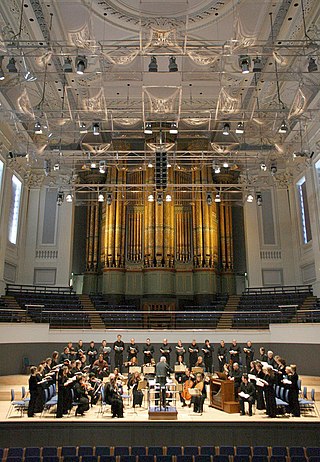
Birmingham City Organist is an appointment made by the City of Birmingham. The purpose of the appointment is to have an organist for civic occasions and who will provide a series of free public organ recitals.
James Stimpson was a British cathedral organist and Birmingham City Organist.
St. James' Church, Standard Hill was a Church of England church in Nottingham.
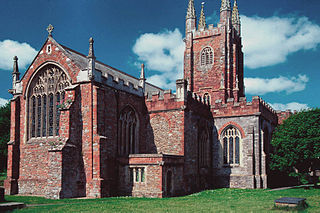
St Mary's Church, Totnes is a Grade I listed parish church in the Church of England Diocese of Exeter in Totnes, Devon.
Bishop Ryder Memorial Church, Birmingham, was a parish church in the Church of England in Birmingham from 1838 to 1960.

Christ Church was a large parish church in Birmingham, England, in the Diocese of Worcester within the Church of England. The land on which the church stood now forms a significant part of Victoria Square.

Holy Trinity Parish Church is the parish church of Sutton Coldfield, West Midlands, England. It is Grade I listed and gives its name to the ward in which it stands, Sutton Trinity.

St Alban the Martyr, Birmingham is a Grade II* listed Church of England parish church in the Anglican Diocese of Birmingham. It is dedicated to Saint Alban, the first British Christian martyr.

St Agnes Church, Moseley is a Grade II listed parish church in the Church of England in Moseley, Birmingham.
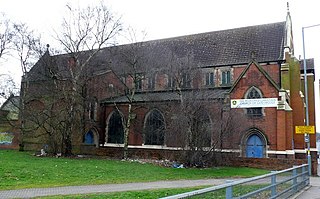
St Luke's Church, Bristol Street, Birmingham was a former parish church in the Church of England in Birmingham, later used by the Redeemed Christian Triumphant Church of God. The building was demolished in 2018 as part of a housing redevelopment project by Barratt Homes.
St Stephen the Martyr's Church, Newtown Row is a former Church of England parish church in Birmingham.
St Andrew's Church, London Road was a parish church in the Church of England in Derby, Derbyshire. It was built between 1864 and 1867 and demolished in 1971.

The Church of St John the Apostle, Torquay, is a Grade I listed parish church in the Church of England Diocese of Exeter on Montpellier Road in Torquay, Devon.

St George's Church, Kidderminster is a Church of England parish church in Kidderminster, Worcestershire, England. The church is a Grade II* listed building.
















